Conservation of Biodiversity
Human society consists of various blessings from nature. On the other hand, forests equivalent to one fifth of Japan's land area are lost from the world every year. It is also said that the effect of human activities over the last several hundreds of years has caused the extinction rate of species to be accelerated by 1,000 times. In these ways, circumstances surrounding biodiversity have become extremely serious.
The Kyocera Group has established a policy on biodiversity conservation and actively promoting activities to conserve biodiversity.
- Reduce natural environmental destruction and ecological impacts, such as avoiding areas of significant biodiversity
- Conduct environmental impact assessments and work to mitigate impacts, including minimization, restoration, and offsets
- Actively promote greening of business sites
- Participate in and support social contribution activities in cooperation with external partners
We joined the Nippon Keidanren Declaration of Biodiversity Promotion Partners since 2010, and we endorse the Keidanren Declaration of Biodiversity and Action Guidelines (revised version) proposed in the Keidanren Declaration of Biodiversity Initiative since 2020.
Activities Related to Biodiversity Conservation
The Kyocera Group is engaged in forestation efforts, biotope development, the protection of endangered species, and efforts to preserve and cultivate traditional vegetables with the aim of contributing to local communities and improving environmental awareness among employees while also addressing environmental issues, such as efforts to prevent global warming and promoting biodiversity conservation.
| Goals for FY2024 |
|
|---|
Promoting Kyocera Forestation Activities
The Kyocera Group conducts activities to help factory compounds and local forests regain rich greenery to contribute to various environmental issues, such as preventing climate change and preserving biodiversity, contributing to local community development, and enhancing employees' environmental awareness. Activities mainly include thinning, weeding underbrush, and tree planting in collaboration with external partners such as forestry cooperatives and local residents.
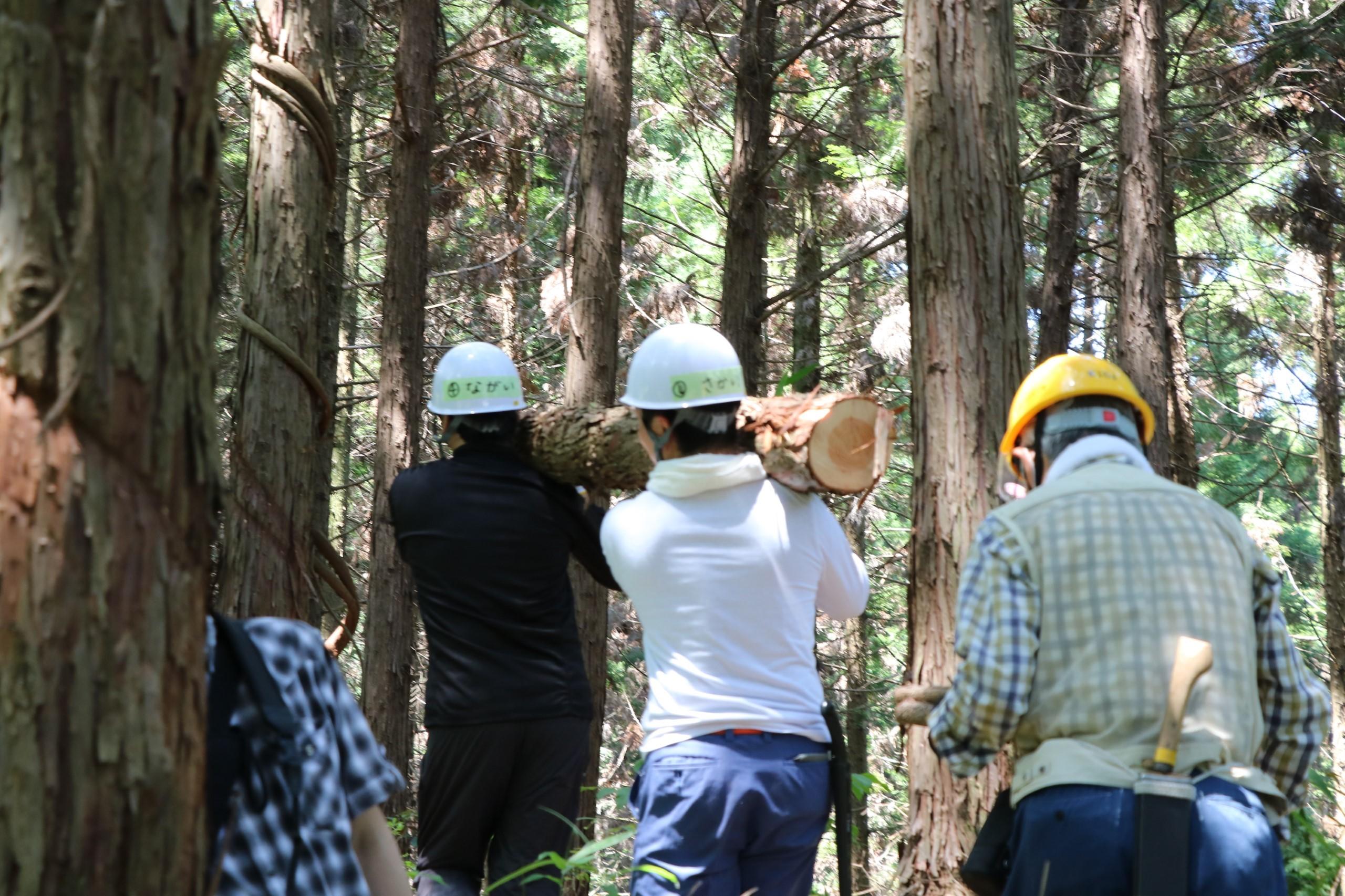
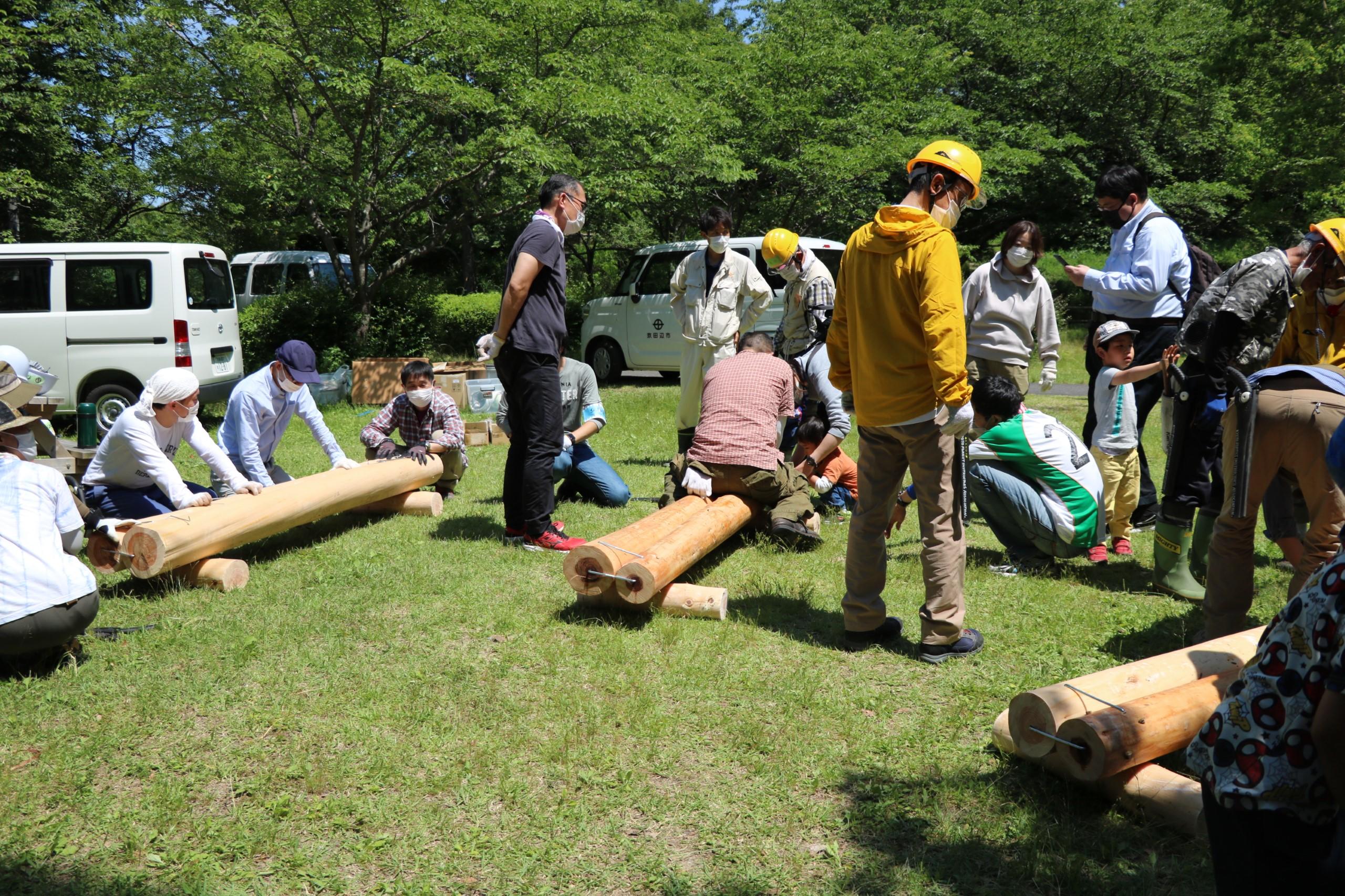
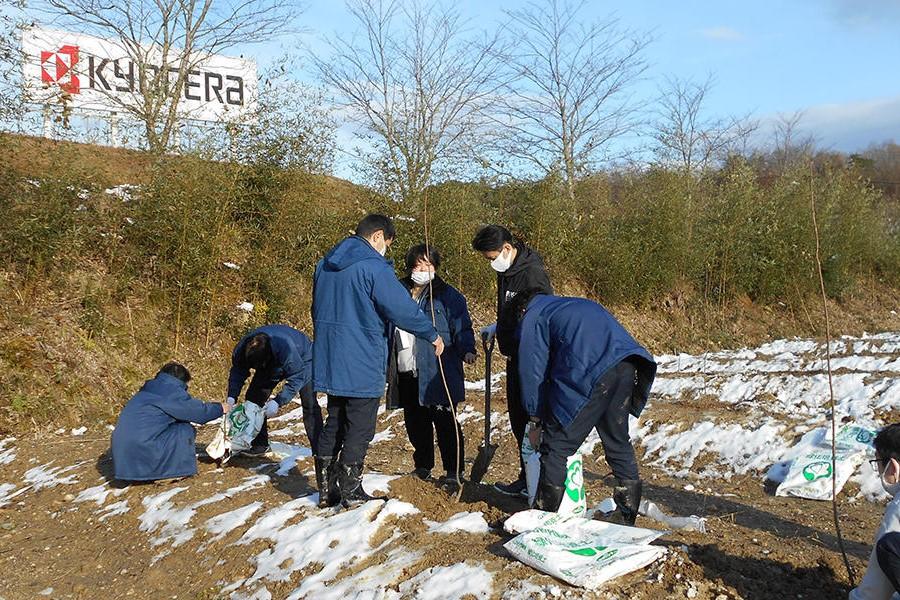
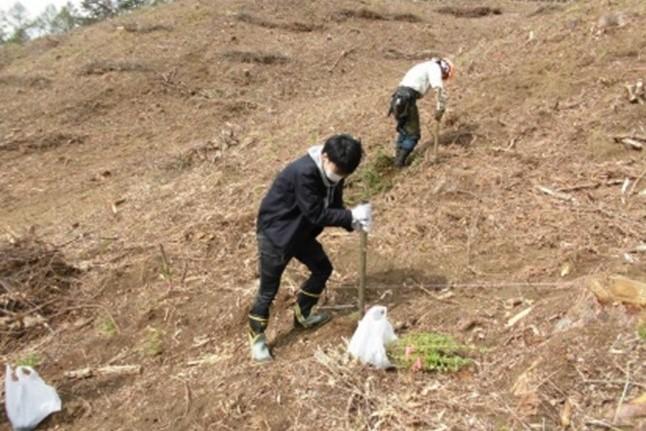
Activities in FY2022
| Place of activity | Start of activity | Details of Activity | |
|---|---|---|---|
| Okaya City, Nagano Prefecture | Minatozaisan area (about 80,000 m2) | October 2011 | Supported Nagano Prefecture's "Forest Foster Parent Promotion" project. Planting of larch trees: A total of 1,450 trees. Thinning and underbrush clearing. |
Partners: Okaya City, Minato Property District Management Association |
| Higashi-Omi City, Shiga Prefecture | Forest owned by the Shiga Gamo Plant (about 20,000 m2) | June 2008 | Thinning and underbrush clearing. Vegetation restoration through natural renewal. |
| Ayabe City, Kyoto Prefecture | Forest owned by the Kyoto Ayabe Plant (about 1,000 m2) | April 2020 | Tamba Chestnut Planting: Total of 37 trees. Thinning and underbrush clearing. | Partners: Ayabe City, Kyoto Model Forest Association |
| Kyotanabe City, Kyoto Prefecture | Mt. Kannabi (about 880,000 m2) | November 2012 | Thinning and underbrush clearing. Vegetation restoration through natural renewal. Annual activity results 1 time and target was 2 times. |
Partners: Kyoto City, Kyoto Model Forest Association |
| Satsumasendai City, Kagoshima Prefecture | Forest owned by the Kagoshima Sendai Plant (about 1,000 m2) | April 2011 | Thinning and underbrush clearing. Vegetation restoration through natural renewal. |
Some activities have been suspended due to measures to prevent COVID-19.
Development of Biotope (nurturing of fireflies)
Develop biotopes at the Kagoshima Kokubu Plant, Shiga Yasu Plant, and Shiga Yokaichi Plant to ensure habitats for flora and fauna and enhance environmental awareness among employees while providing a place for rest.
Kagoshima Kokubu Plant
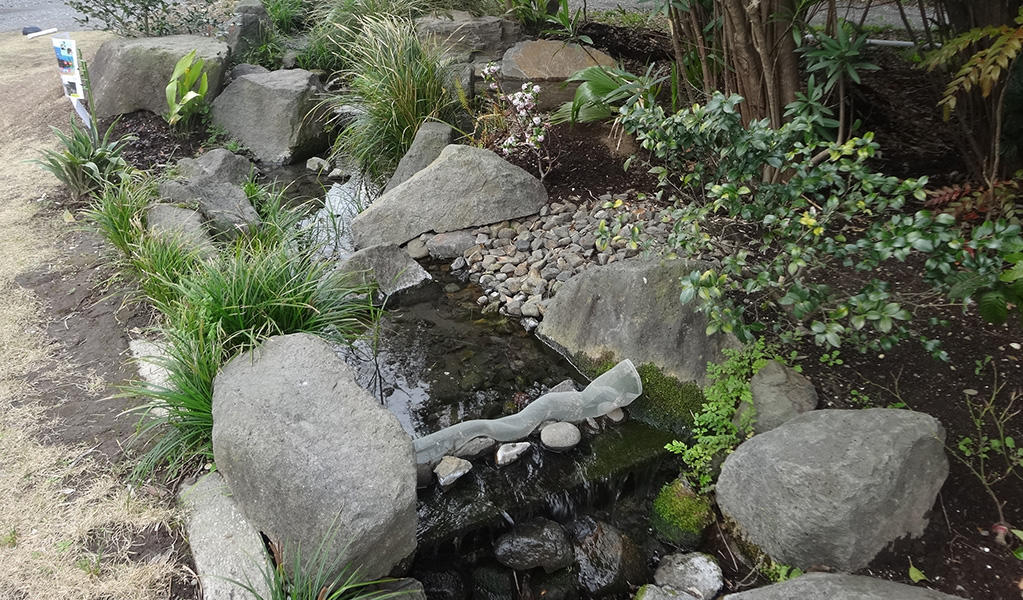
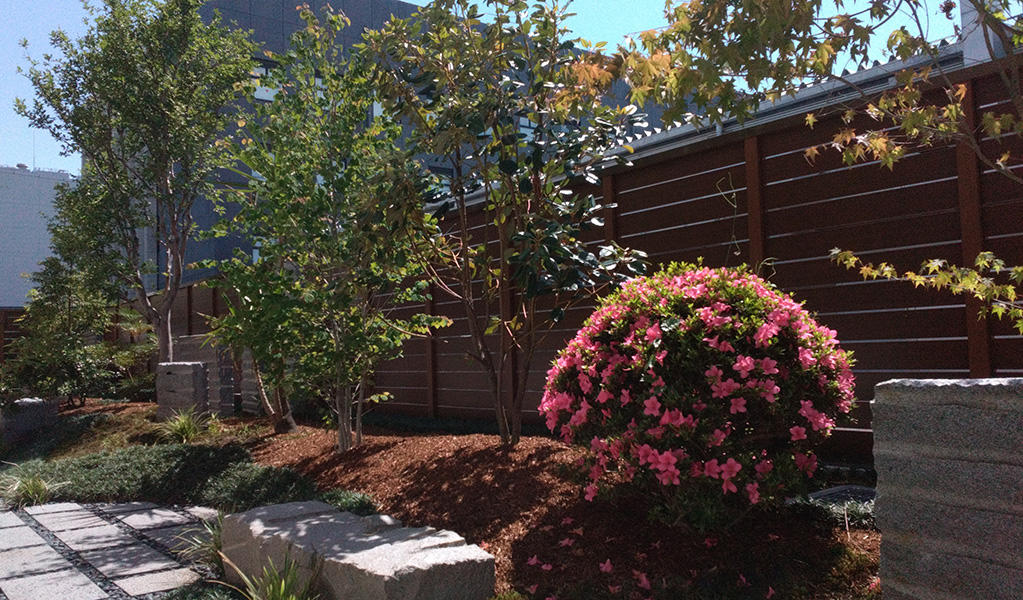
Shiga Yokaichi Plant
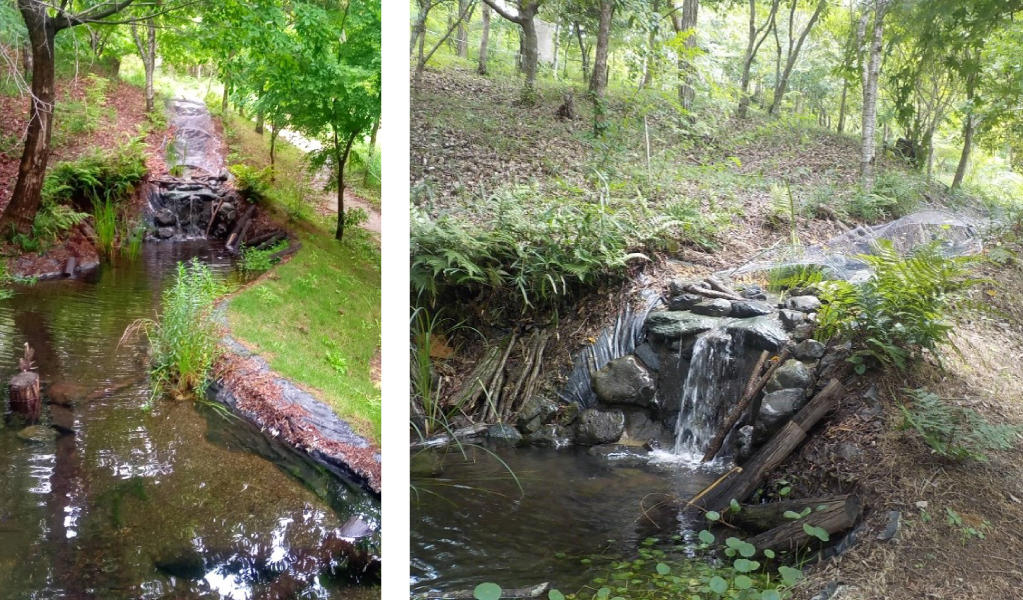
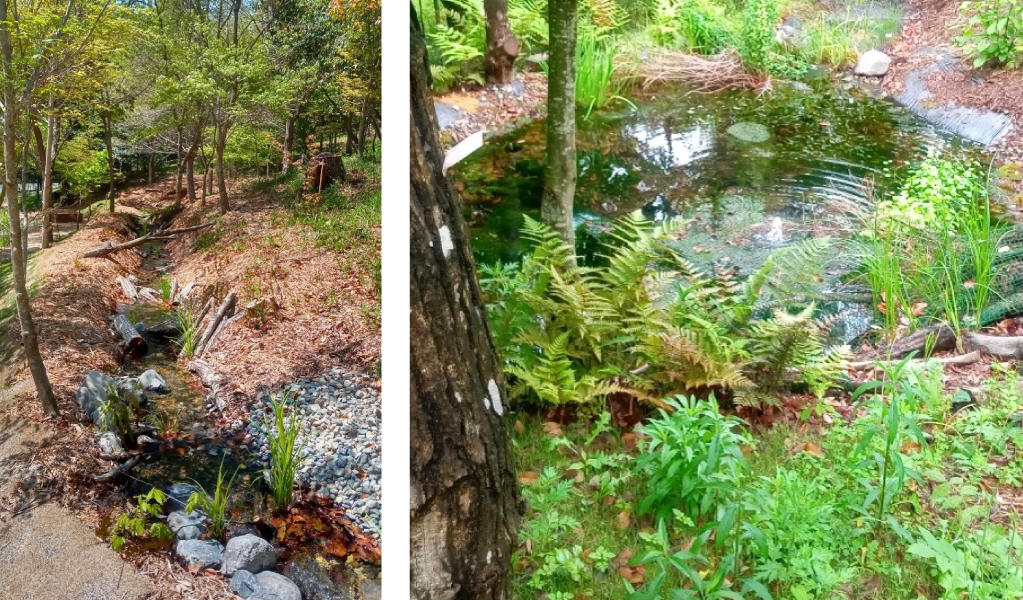
Shiga Yasu Plant

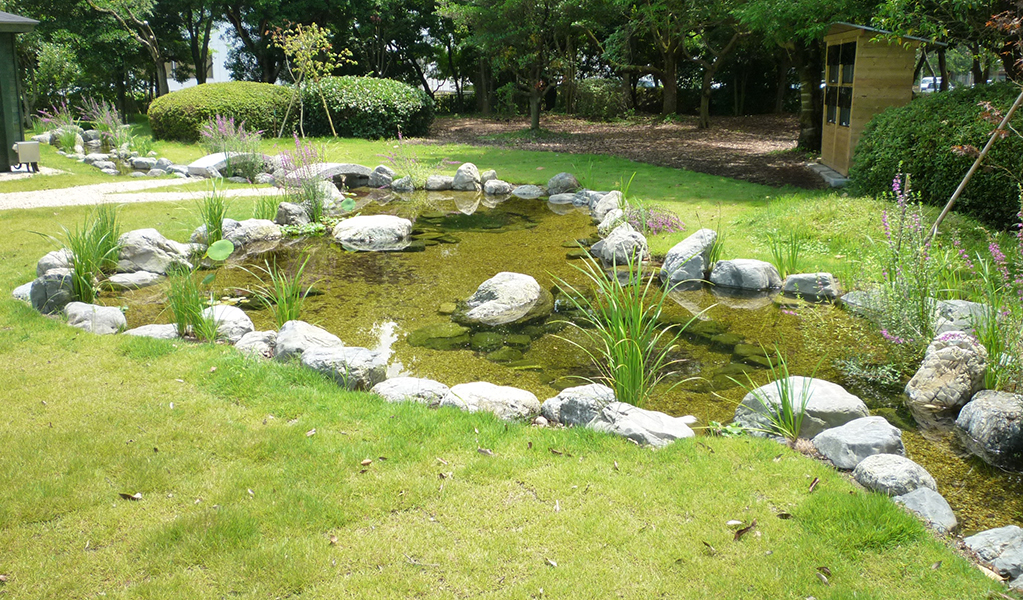
Protection of endangered species
Kyocera Document Solutions Inc.'s Mie Tamaki Plant has signed an agreement with Sugashi Arita Sadaoki Environmental Conservation Association to conduct biotope restoration activities in Satochi-Satoyama area. As a result of ecoscaping and land management efforts, including thinning, weeding and maintaining waterways around former rice paddies, a recovery has been observed among local at-risk fauna and flora. In parallel with this, we support observation events for children to learn about nature and biodiversity.
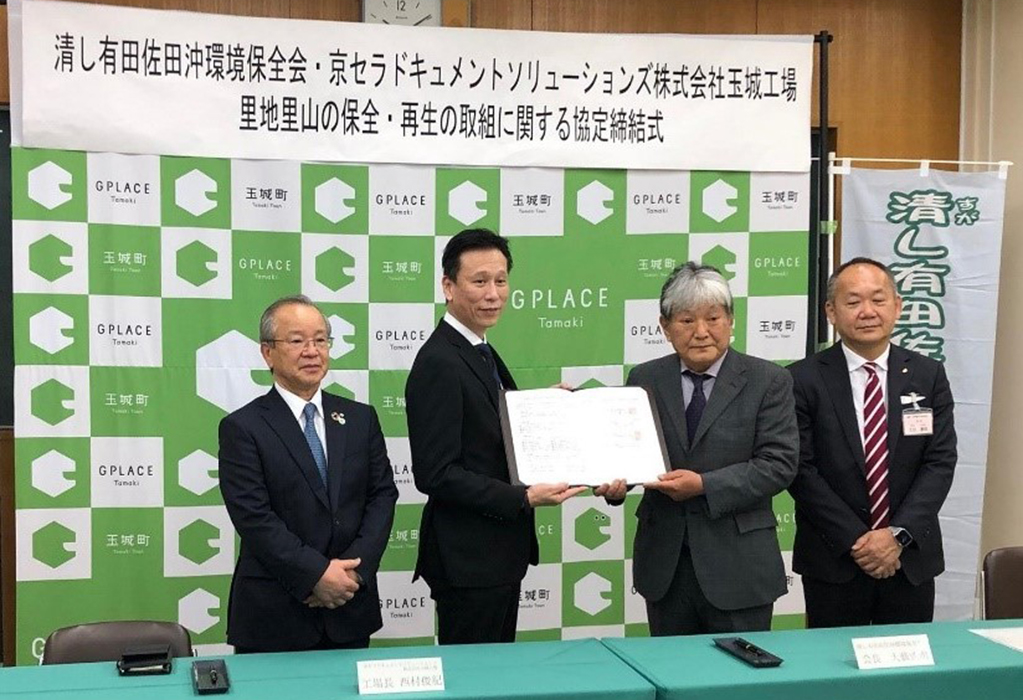
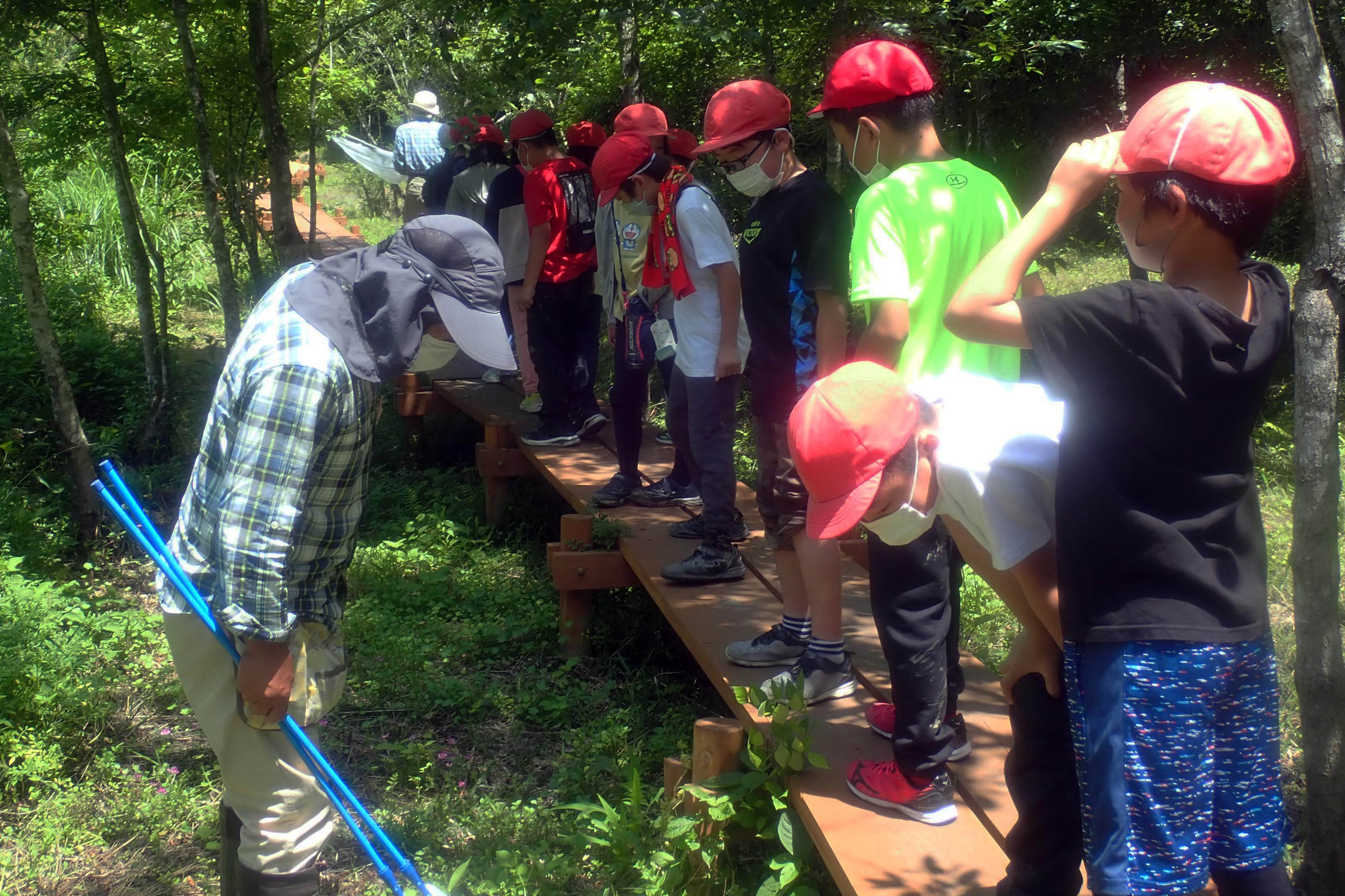
Corporate Motto / Management Rationale
- Our Thoughts on Sustainability Activities
- Top Management Message
- Kyocera Group's Value Creation Model
- Sustainability Management
- Kyocera Group CSR Guidelines
- Stakeholder Engagement
- Environmental Safety Policy / Targets and Promotion System
- Measures to Fight Climate Change -Information Disclosure Based on TCFD Recommendations-
- Water Risk Response
- Recycling Activities
- Initiatives to Prevent Environmental Pollution
- Conservation of Biodiversity
- Environmentally Friendly Products / Green Procurement
- Environmental Communication
- A History of Our Environmental Protection Activities
Social Citizenship Initiatives
- The Kyocera Group Human Capital
- Respect for Human Rights
- Promoting Diversity and Inclusion
- Occupational Safety
- Occupational Health, Safety, and Fitness Initiatives
- Supply Chain Management
- Approaches to Raising Quality and Customer Satisfaction Levels
- Social Contribution Activities
- Academic Advancement and Research
- Support for Culture and the Arts
- International Exchanges and Collaboration
- Environmental Protection Activities
- Local Community Activities
- Contributions to Society through Business Activities
Relevant data
- ESG Data Sheets
- Third Party Assurance of Environmental and Social Data
- Promoting Digitalization
- Innovation Management
- Integrated Report
- Employees Creating the Future
- GRI Standards Comparison Table
- Editorial Policy
- Participation in Sustainability Related Initiatives & External Evaluation
- News & Announcements

